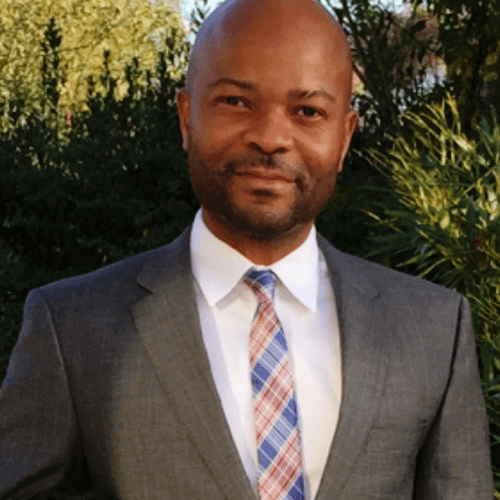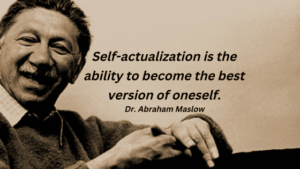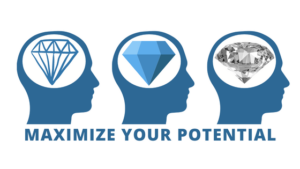Traditional Transition Assistance Programs (TAP) focus on sharing knowledge and information but fail to help participants achieve transformation. This is why even if the information may be helpful, people end up reverting back, because there was no transformation.
The Mindset Skills Development System (MSDS) behind the FaithSMagnet Mental Transition Assistance Program (Mental TAP) “Be The Best Version of You” is built on Visual Learning and hands-on experimentation to produce transformation, not just information.
Visual learning and experiential learning create more lasting and impactful transformations compared to traditional methods, especially in the context of personal and career development. Traditional methods often rely heavily on passive information delivery (like lectures or reading), which might not fully engage learners or help them internalize new behaviors or mindsets. As a result, people can fall back into old patterns because they haven’t had the opportunity to truly experience or visualize the change.
Here’s why visual and experiential learning tend to be more effective for lasting transformation:
Visual Learning
- Engagement and Retention: People often remember information better when it’s presented visually. Whether through diagrams, videos, or infographics, visuals can help simplify complex concepts and make them easier to recall when needed. This leads to better retention and application of new knowledge.
- Clarity and Understanding: Visuals can break down abstract concepts, making them more concrete. This is especially important in personal and career development, where the goal is often to shift mindsets or behaviors. Seeing someone else model a behavior or outcome can make it easier for a learner to imagine themselves succeeding.
Experiential Learning
- Active Participation: Experiential learning emphasizes doing rather than just watching or listening. By engaging learners in real-world experiences—whether through simulations, role-playing, or hands-on activities—they have the opportunity to practice new skills in a low-risk environment. This immediate application leads to deeper learning and more lasting change.
- Behavioral Change: When people experience a transformation or challenge firsthand, they’re more likely to internalize it. Experiencing success (or failure) in real-time provides valuable feedback that helps solidify new behaviors, making them more likely to stick.
Why They Work Better for Mental Health as well as Personal and Career Development
- Real-World Relevance: In career development, people often need more than just theoretical knowledge—they need tools, strategies, and experiences that directly apply to their job and life situations. Visual and experiential learning create a direct connection between what people learn and how they apply it in their lives.
- Builds Confidence: In both personal and career development, gaining confidence in new skills is crucial. Visual learning allows individuals to see success modeled, and experiential learning lets them practice in a supportive environment, boosting self-esteem and belief in their abilities.
- Behavioral Reinforcement: The more people practice and experience new ways of thinking or acting, the more those behaviors become ingrained. With traditional methods, you may learn a concept, but without active practice or visual reinforcement, it’s harder to make lasting changes.
Example in a Veterans’ Transition Context:
For veterans trying to achieve full potential in the civilian world, or transitioning to civilian careers, our experiential approach is based on Self-actualization, and it involve visual tools, practical resources, and simulations, or practicing new skills and communication techniques internally, but in a safe environment. Our visual aids include videos, diagrams, charts illustrating career paths, or infographics that map out the skills needed in specific industries. These methods give veterans a more tangible sense of who they are without the uniform, as well as how to apply what they’re learning, helping them build confidence and competence that carries over into real-world situations.
In summary, visual and experiential learning are more effective in Mental Health, Personal Development and Career Development because they actively engage learners, facilitate real-world application, and trigger behavioral change. Traditional methods are incomplete, and might give some knowledge, but don’t produce transformation.
This si why 50% of veterans quit the first job they found through traditional TAP programs, 80% within two years, and end up lost in their career often for decades. Our new, and more modern approaches help ensure that knowledge becomes part of the learner’s behavior, leading to sustained transformation.
Click on this link to book A FREE Consultation to discuss the challenges you are facing today, and learn more about the lifelong transformation we can help you achieve in order to overcome and thrive.



